Growth in Healthcare Monitoring
The Optical Chemical Sensors Market is witnessing substantial growth due to the increasing application of sensors in healthcare monitoring. With the rise in chronic diseases and the need for continuous health monitoring, optical sensors are becoming essential tools in medical diagnostics. They offer non-invasive and real-time monitoring capabilities, which are particularly valuable in managing conditions such as diabetes and cardiovascular diseases. The market for optical sensors in healthcare is projected to expand significantly, with estimates suggesting a growth rate of around 12% annually. This trend reflects the healthcare sector's ongoing shift towards personalized medicine and remote patient monitoring, further driving the demand for optical chemical sensors.
Advancements in Sensor Technology
Technological advancements are significantly influencing the Optical Chemical Sensors Market. Innovations in materials science and nanotechnology have led to the development of more sensitive and selective sensors. These advancements enable the detection of lower concentrations of analytes, which is crucial for applications in environmental monitoring and healthcare diagnostics. The integration of smart technologies, such as IoT and machine learning, is also enhancing the functionality of optical sensors. As a result, the market is witnessing a shift towards more sophisticated sensor systems that offer improved performance and reliability. This trend is expected to drive market growth as industries seek to leverage these technologies for better analytical capabilities.
Emerging Applications in Agriculture
The Optical Chemical Sensors Market is expanding into new territories, particularly in agriculture. The increasing need for precision farming techniques is driving the adoption of optical sensors for soil and crop monitoring. These sensors enable farmers to assess soil health, nutrient levels, and moisture content, thereby optimizing resource use and enhancing crop yields. The agricultural sector is increasingly recognizing the value of real-time data provided by optical chemical sensors, which can lead to more sustainable farming practices. As a result, the market is expected to see a growth rate of approximately 9% in agricultural applications over the next few years, indicating a promising avenue for future development.
Increasing Environmental Regulations
The Optical Chemical Sensors Market is being propelled by the tightening of environmental regulations across various regions. Governments are implementing stricter guidelines to monitor pollutants and ensure compliance with environmental standards. Optical chemical sensors play a vital role in this context, as they provide accurate and real-time data on air and water quality. The demand for these sensors is likely to rise as industries and municipalities seek to adopt technologies that facilitate compliance with environmental laws. This regulatory pressure is expected to contribute to a robust growth trajectory for the optical chemical sensors market, with an anticipated increase in market size by over 10% in the coming years.
Rising Demand in Industrial Applications
The Optical Chemical Sensors Market is experiencing a notable increase in demand from various industrial sectors. Industries such as petrochemicals, food and beverage, and pharmaceuticals are increasingly adopting optical chemical sensors for real-time monitoring of chemical processes. This trend is driven by the need for enhanced safety, efficiency, and compliance with stringent regulations. According to recent data, the market for optical sensors in industrial applications is projected to grow at a compound annual growth rate of approximately 8% over the next five years. This growth is indicative of the sensors' ability to provide accurate and timely data, which is essential for optimizing production processes and ensuring product quality.

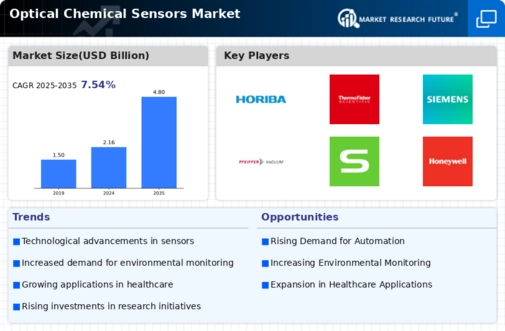
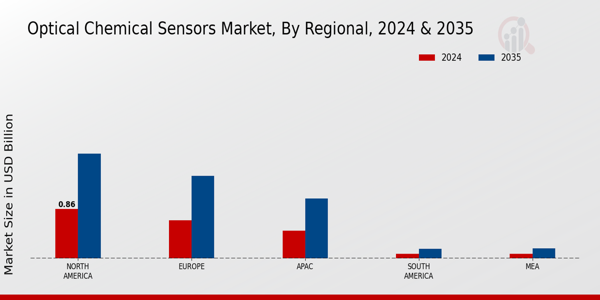
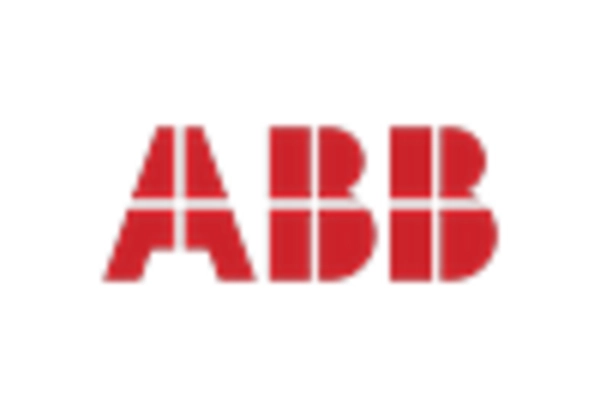
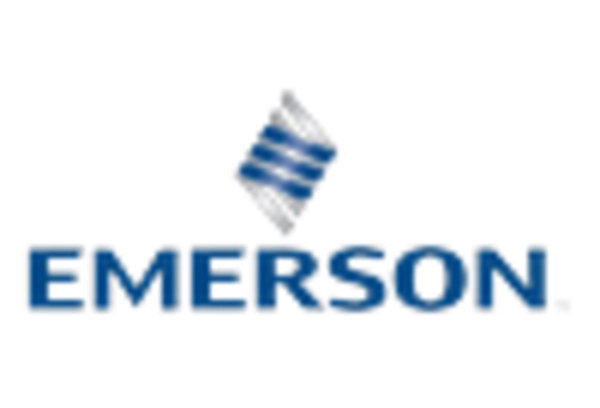

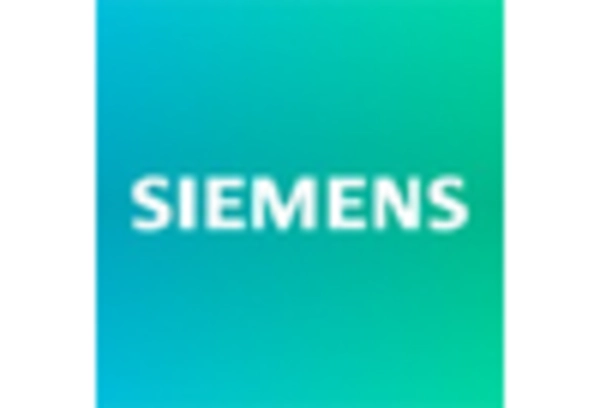
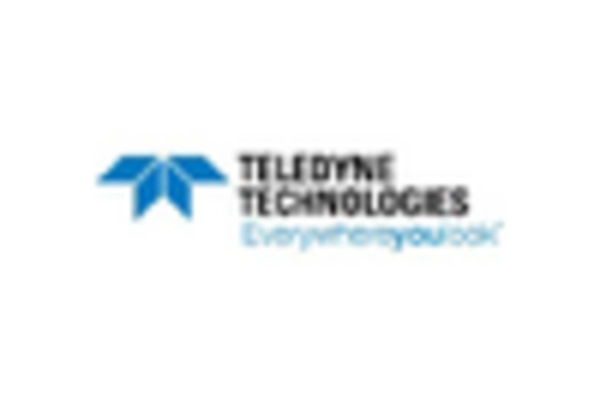
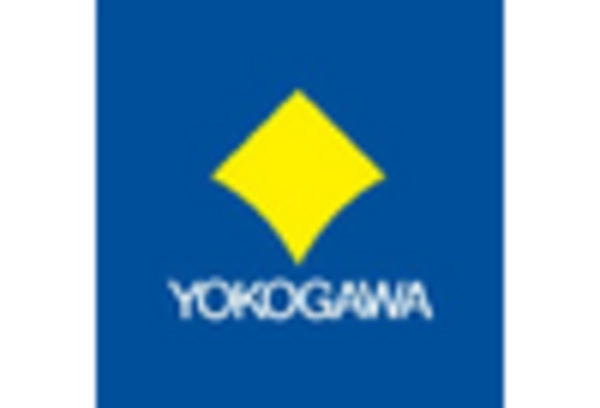








Leave a Comment